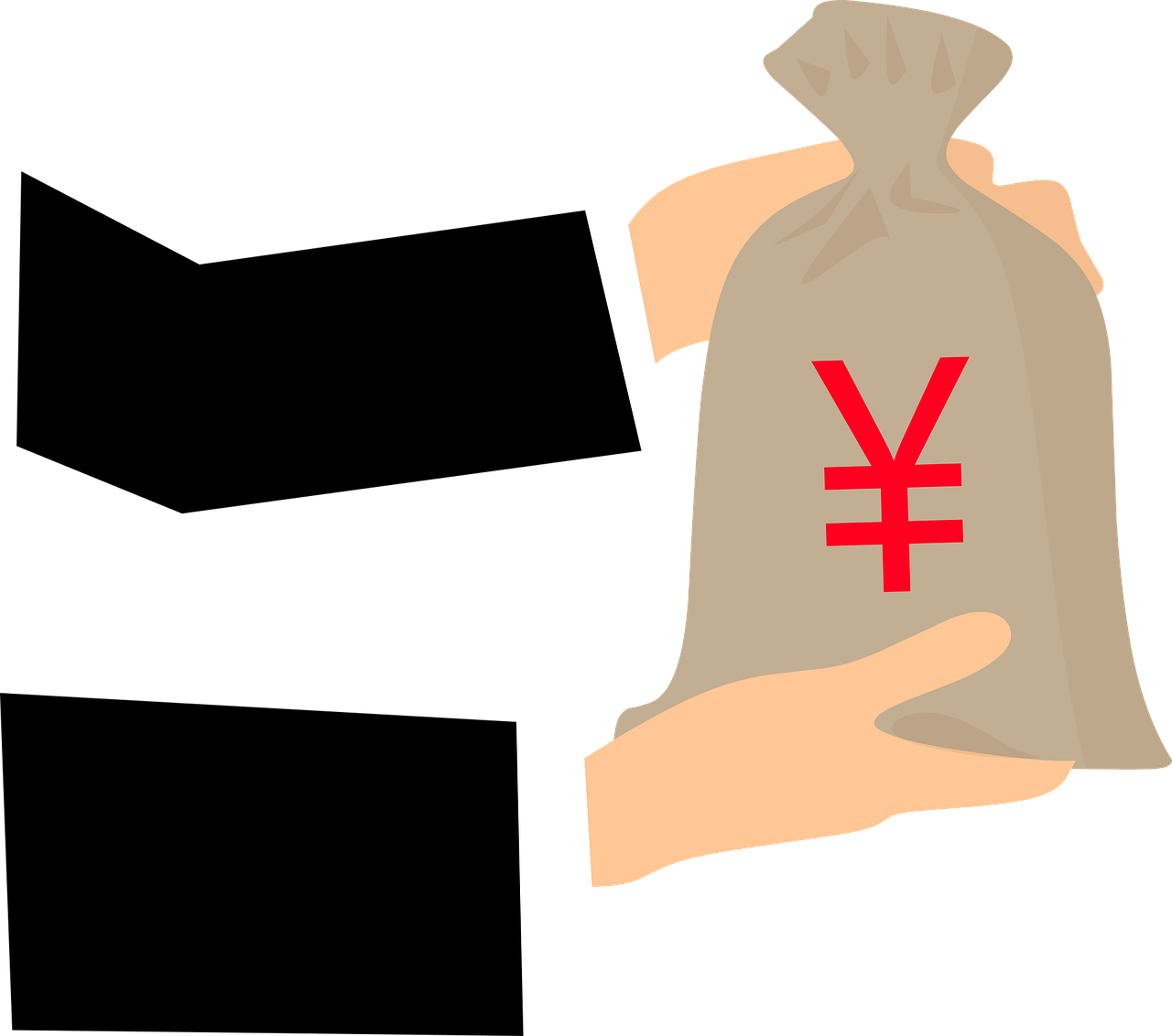China accounts for 30% of global production capacity. Rising COVID infections and the current low levels of natural immunity imply that an increase in viral propagation throughout the winter might result in further lockdowns in China.
The risk is that they will prolong supply chain disruptions and postpone the normalisation of input cost pressures.
According to Goldman Sachs, supply chain bottlenecks are easing:
- There are grounds to be optimistic about the resolution of supply chain bottlenecks and the alleviation of cost pressure. But the hazards remain.
- Shipping prices have typically fallen since their high in September. A number of corporations have lately expressed hope that supply chains are improving. A number of automobile manufacturers are also optimistic about the supply chain improvements.
- According to GXO Logistics, “we’re beyond the worst of it,” and “things will look a little easier as we move forward.” However, according to the most recent ISM Manufacturing report, survey results on supplier delivery times have deteriorated.
China’s CPI rose 1.5% year on year, the fastest rate since September 2020. Weather, product demand, and cost influence the CPI the most. PPI 13.5 percent year on year according to China’s statistics body (NBS). It’s the highest since the NBS began collecting this data point in October 1996.
- The major driver of the decrease in iron ore prices since mid-May was steel output limitations. It was notable that the steel pricing and margins remained elevated since demand remained strong.
- Steel prices in China are presently declining. Reason being mood in the country’s housing building sector remains very low. Steel demand has finally decreased sufficiently to put pressure on pricing and profitability.”
- As trading resumed, the price was down over 50%, although it has since recovered roughly 15%.
- The Chinese government does not want uncontrolled inflation and has taken strenuous measures to reduce the increasing coal costs that have created the electrical shortages. The PPI is likely to rise significantly in today’s statistics, driven by fast rising input costs (commodities) and augmented in September and October by production limitations owing to China’s power shortages.
China’s CPI is predicted to rise by 0.7 % year on year, up from 0.0 % before. PPI predicted to grow 12.4% year on year, up from 10.7% before. Thus far, rising company pricing have not had much of an influence on consumer price rises.
The Evergrande Group will continue to adopt efforts to alleviate its liquidity difficulties. The company’s operations might suffer if debts are not repaid on time or settlements with creditors are not reached.
China says issuing sovereign bonds offshore can help build a price benchmark for Chinese corporate bond issuance overseas. it will help China integrate more closely into the global financial system.
The dollar is holding steady as things pick up in Europe. At the same time Australian and New Zealand currencies are weakening because the risk sentiment remains cautious.
US stocks ended an impressive run of gains yesterday, and futures are pointing lower so far today, as the uptrend appears to be coming to an end.
- Meanwhile, the bond market remains volatile. The rates are creeping marginally higher so far today following yesterday’s dip. As previously said, the inflation issue will be a lengthy and drawn-out conflict with no quick answers.
- Today’s release will include US CPI data. The data barring any major surprises, should reaffirm the ongoing narrative of price pressures remaining elevated into next year. Though a valid argument can still be made that it will fade by 2H 2022.

